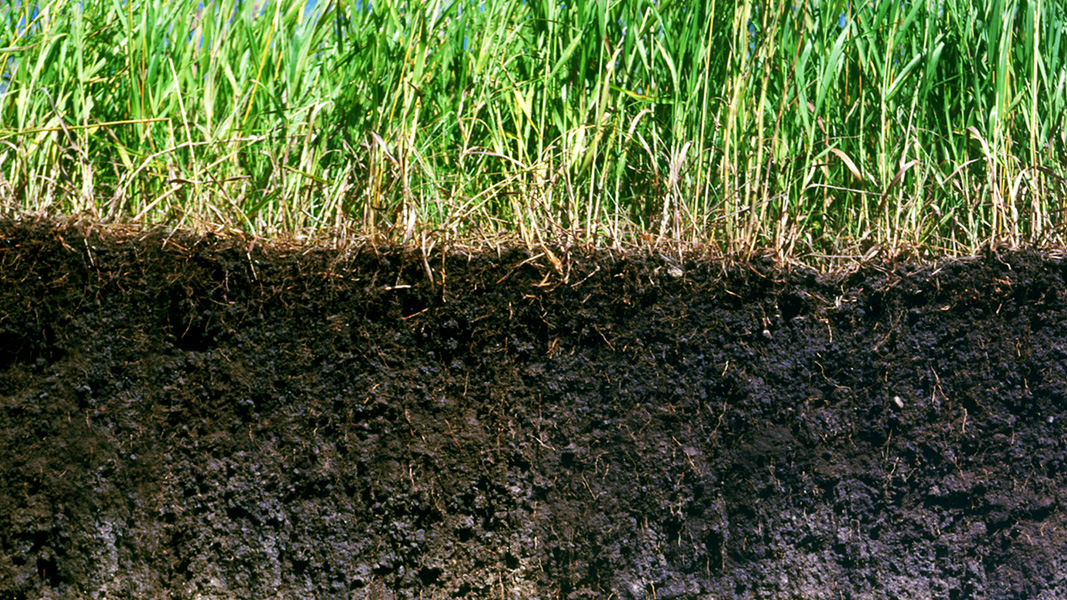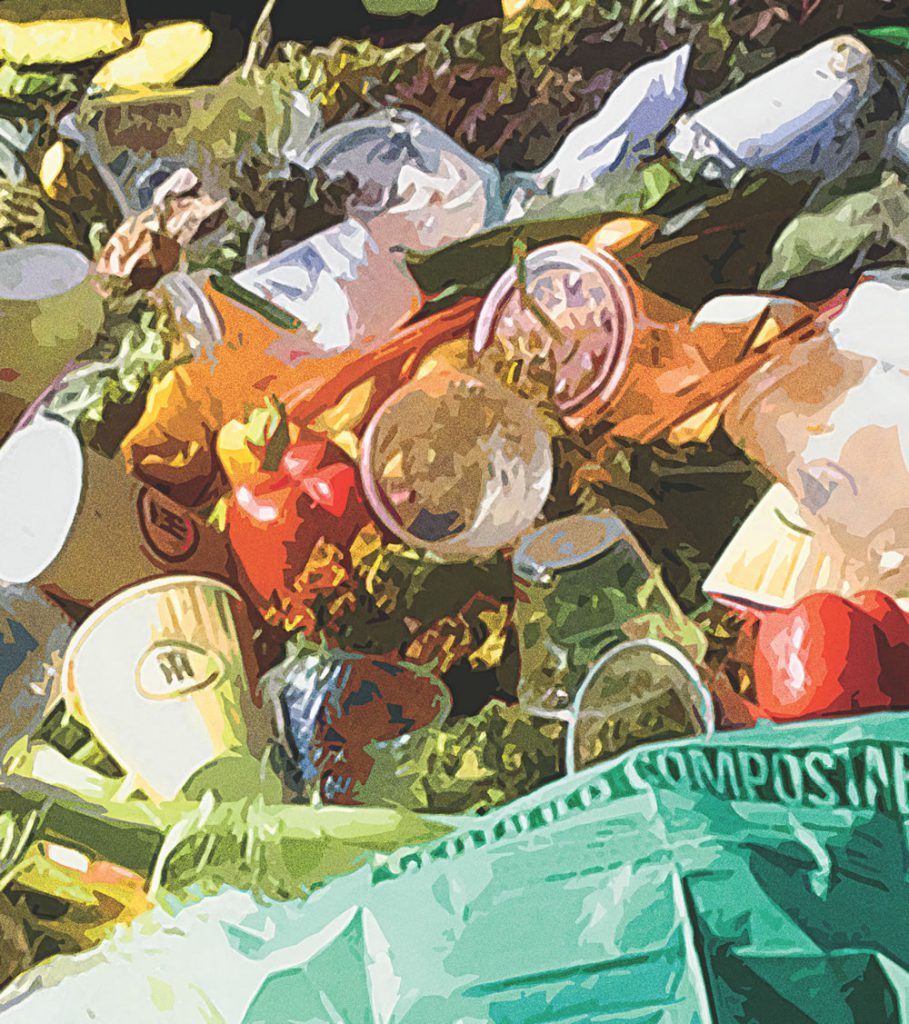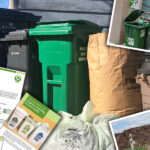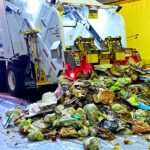
Nora Goldstein
Last week, I participated in the Forum on Compostable Plastics hosted by the Illinois Food Scrap Coalition (IFSC) and the Chicago Sustainability Task Force. At one point, Forum moderator Stephanie Katsaros, Principal of Bright Beat (a sustainability consultant and IFSC Board Member), interjected: “That’s why we’re all here [talking about compost] — we’re here for the soil.” In other words, that’s a given, the ultimate goal of going through the composting process. That’s the purpose.
I thought of Stephanie’s statement when reading an article published in the AARP magazine titled “The Changing American Table,” by Ruth Reichl, a long-time restaurant critic and former editor in chief of Gourmet magazine. The article includes a fascinating history about how we eat, and how that has evolved over the decades — from “farm fresh” in the beginning, to the rapid evolution of ready-to-eat, processed food following World War II. Reichl writes that in these more recent decades, Americans are rediscovering fresh foods again, right up to today when, due to the COVID-19 pandemic, “many who had never before put their hands into the dirt planted gardens; seed sales have soared.” Wonderfully, compost sales have soared along with this dramatic increase in home gardening.
But it is these few sentences in the article that brought me back to last week’s Forum on Compostable Plastics: “Old-time farmers had it right: Plants grown in fertile soil are not only more nutritious; they also require less water. Major companies such as General Mills and Nestlé are starting to put millions into regenerative agriculture, and that is cause for rejoicing.”
We all rejoice adoption of agricultural practices that benefit soil health and fertility — and sequester carbon. At the end of July, I attended (virtually) the Soil Health Institute’s 5th Annual Meeting. The theme was “Soil Health: The Foundation for Regenerative Agriculture.” One of the opening keynotes was Jay Watson, Sustainability Engagement Manager at General Mills, Inc. Watson leads General Mills’ efforts to advance progress on agricultural sustainability, including its 2030 commitment to utilize regenerative agriculture practices on one million acres — a little over 20% of the land it uses to source ingredients for its products.
Compost wasn’t mentioned at all during Watson’s keynote, nor by any of the others in the opening session. In fact, it was barely mentioned over the 2 days. (We wrote about one of the few times it was, a couple of weeks ago.) Regenerative ag in this “soil health community” pretty much revolves around no till farming and cover crops. Sally Brown did a phenomenal job of explaining why those 2 practices alone don’t go far enough to sequester carbon and truly build healthy and resilient soils in her article, “Why Regenerative Agriculture Needs Recycled Organics,” (May 12, 2020).
What Does This Have To Do With Compostable Plastics?
The short answer is a lot. And here’s why. Increasing numbers of communities and some states have adopted single-use plastics laws or ordinances that require use of reusable, recyclable or compostable plastic packaging. Many food manufacturers, including General Mills and Nestlé, have made global commitments to make 100% of their plastic packaging reusable, recyclable, or compostable within the next 10 years. Composters will be called upon to help manage compostable single-use packaging that is certified and proven to break down (disintegrate) during composting and curing.
But composters also are increasingly being called upon to provide high quality soil products, which often represents the lion’s share of their revenue stream. We expect to see increasing tonnages of compost being sold to farms committed to regenerative agriculture practices. It is critical that the compost manufactured is free of contamination.
Will our composting infrastructure be ready and willing to support a potential increase in the flow of compostable packaging over the next 10 years, collaborating with major corporations and others to be a cog in the circular loop? What will that capacity look like and how will it be financed? Does the incoming compostable packaging have to include a food waste stream?
We’re going to explore those questions this week at Circularity 20, where I’ll be moderating a panel discussion and 2 virtual roundtables on composting infrastructure and its role in circular economies. I’ll bring you takeaways from those discussions soon. For today, let’s circle back to Stephanie’s statement: “We’re here for the soil.” That is our north star, and why we do what we do.











